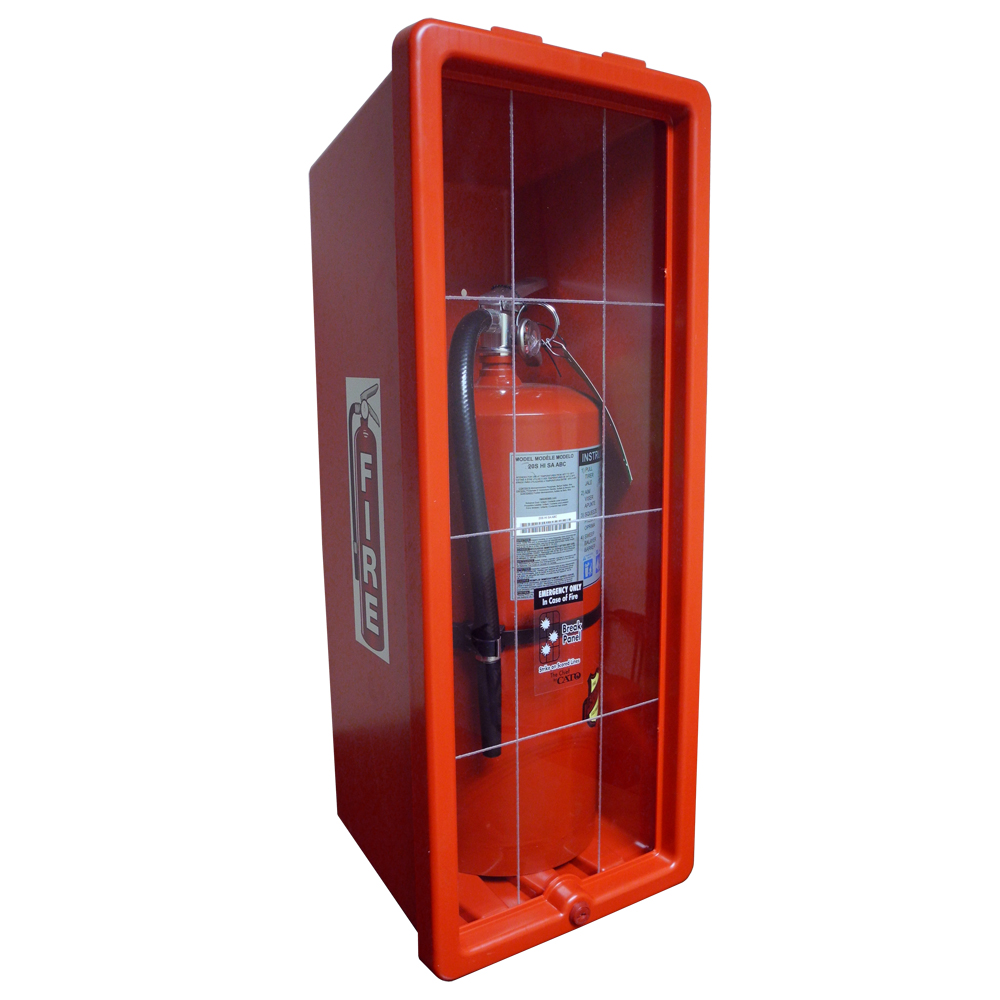We use cookies to make your experience better. To comply with the new e-Privacy directive, we need to ask for your consent to set the cookies. Learn more.
4 Essential Hazard Monitoring Tools for the Battery Room
Every warehouse battery room needs effective hazard monitoring tools. While lead-acid battery power is an inherently safe technology, it still carries risks, and every battery charging area should be appropriately outfitted for corrosive liquids, flammable gases and high-voltage electrical systems.
Make sure that your battery charging room is safe with a few key pieces of equipment:
Hydrogen Gas Monitors
All lead-acid batteries release hydrogen when charging, and when hydrogen mixes with room air, it can become hazardous. Concentrations of 4 percent to 75 percent hydrogen will create a serious risk of combustion.
Hydrogen gas monitors equipped with relays can automatically trigger your venting systems when gas levels rise above 1 percent (the maximum volume allowed by numerous regulations including the NFPA Fire Code 52.3.6). Monitors like the BHS HGD will also provide a visual warning when levels rise above 1 percent and a loud audible alarm at 2 percent, protecting your facility from a major disaster.
Carbon Monoxide Detector
Carbon monoxide can be a significant hazard in warehouse battery rooms, particularly when facilities use combustion-driven equipment to handle materials. Appropriate ventilation mitigates this risk, but carbon monoxide detectors are also essential for enclosed areas.
Industrial carbon monoxide detectors should be battery powered, and should create a distinct alarm that can be identified easily by staff members. Verbal alarms are especially useful, since workers will not mistake the carbon monoxide warning for a fire or hydrogen warning.

Smoke and Fire Detectors
As with carbon monoxide detectors, smoke detectors should be battery-powered with clear, notable alarms. Regular testing is essential, and combination smoke/carbon monoxide detectors can help to save wall space while still providing crucial protection from both threats.
Fire extinguishers and fire cabinets are also important. For the battery room, you should choose multi-purpose dry chemical fire extinguishers that can combat Class A (ordinary combustibles), B (flammable liquids, including oils), and C (electrical fires) events.
Forklift Fleet Management Systems
To limit hazards in the forklift battery room, consider a software-based fleet management system. This can help to ensure regular equipment checks and maintenance, greatly extending the operating life of batteries, cables and other components.
Better maintenance will also reduce risks from electrical, corrosive, and chemical sources, since batteries will not be overcharged or abused. Battery fleet management can also greatly improve the efficiency of your lift trucks for a quick return on your investment.
Be sure to install hazard alarms in appropriate locations. For example, hydrogen alarms need to be installed near the ceiling, since hydrogen rises, and smoke detectors should be evenly distributed throughout your facility. With high-quality hazard monitoring tools, your facility can stay safe — and you can concentrate on efficiency.
References:
NFPA,. “Stationary Storage Battery Systems”. N.p., 2015. Web. 31 July 2015.
Osha.gov,. “Emergency Standards | Portable Fire Extinguishers - Extinguisher Basics”. N.p., 2015. Web. 31 July 2015.
Osha.gov,. “Carbon Monoxide Poisoning Fact Sheet”. N.p., 2015. Web. 31 July 2015.
